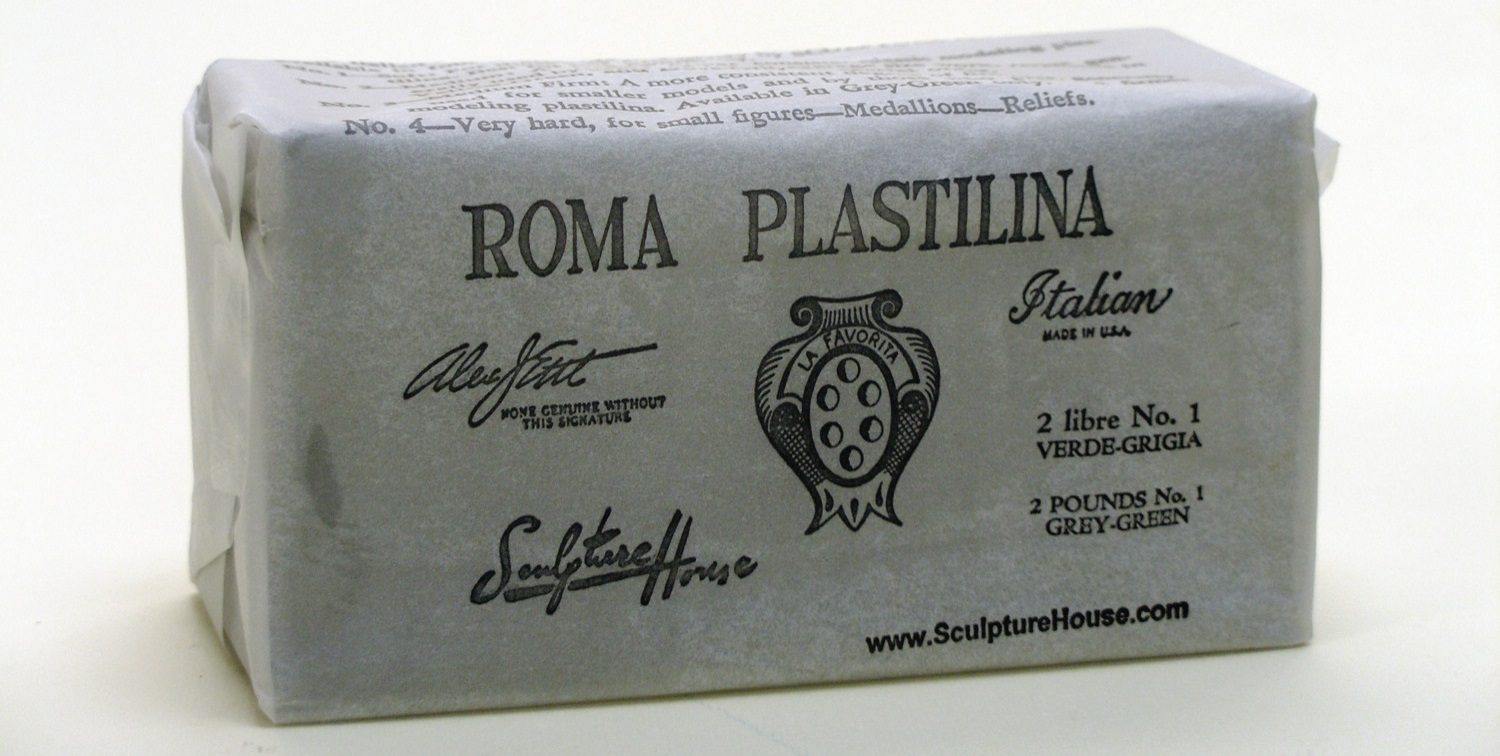Author: Mark Sawicki, Co-Chair, Animation Department, New York Film Academy Los Angeles
 One way to jump into animation quickly without great expenditure is to use stop motion technique to animate clay or objects. Clay animation is especially compelling as it lends cialis online itself perfectly to the amorphous transformations offered by drawn animation. Puppets by comparison are usually fixed in space and don’t allow for squashing and stretching unless replacement animation is used.
One way to jump into animation quickly without great expenditure is to use stop motion technique to animate clay or objects. Clay animation is especially compelling as it lends cialis online itself perfectly to the amorphous transformations offered by drawn animation. Puppets by comparison are usually fixed in space and don’t allow for squashing and stretching unless replacement animation is used.
The first thing is to get a capture system, such as Stop Motion Pro software available from Amazon.com, that will allow you to animate using any number of available cameras such as a webcam, a video camera, or a digital still camera. Once that is in place you have to choose the right kind of clay that lends itself to animation.
Many students begin experimenting with classic water-based ceramic clay. This material is an age-old classic substance that has served the art world well for hundreds of years. While this clay can be animated you will find that you will only have a short window of time to work with it as it rapidly starts drying out in the air and lights. As the drying process proceeds, cracks will appear and the clay will need to be moistened to keep it malleable. The clay is messy and muddy. As the clay dries it becomes dusty too. Ceramic clay does not lend itself to color as it only comes in gray or brown and is generally a poor choice for animation.
As the art of sculpture progressed through the centuries adding mineral oil to the clay instead of water solved the problem of clay drying out. This clay is called Roma Plastilina and the formula is over 100 years old. It is based on the Gudicci Italian modeling clay of the 1800s. It comes in a number of hardness grades from very soft to a hard wax consistency that can be carved. It only comes in gray-green and white and the oil tends to weep out of the clay during animation. It is marvelous clay for making prototypes. If the clay does not contain sulfur the artist can make use of the many rubber mold-making materials as well. Sulfur must be excluded from the formula as that chemically reacts with rubber mold making chemicals retarding their ability to set.
The best clay to use for clay animation is Plastilina clay manufactured by the Van Aken Company. It comes in a wide range of colors and is a formulation of wax and clay. The clay does not weep oil, as it is wax-based. If one uses a double boiler different colors of clay can be melted and blended together to obtain a wide pallet to work with. This is the clay that was used by Will Vinton when his studio executed his trademarked “Claymation” process for his films. This clay is readily available from toy, hobby, and art stores.
Another clay that lends itself to the animation is Polymer clay such as Sculpey. Instead of ceramic mud the clay is made of plastic and is pliable for many months. It comes in many colors that can be blended together and animate well. This clay has the added feature of being able to be hardened in a home oven when baked to a temperature of 275 degrees Fahrenheit. Polymer clay is more expensive than wax clay and can become a consideration.
The use of both Plastilina and baked Polymer clay can be an ideal choice for animation as parts of the character you don’t want to distort such as teeth or eyeballs can be made of hardened Polymer clay and added.
Our animation and visual effects students work on a variety of projects throughout their studies at NYFA. From opening title sequences to claymation to stop motion, our students get hands-on experience with a variety of VFX projects. Visit our Animation School page to check out what our students are working on in our variety of program offerings and find a program that interests you.